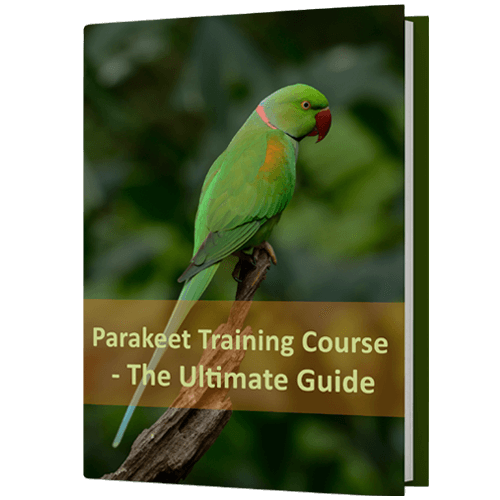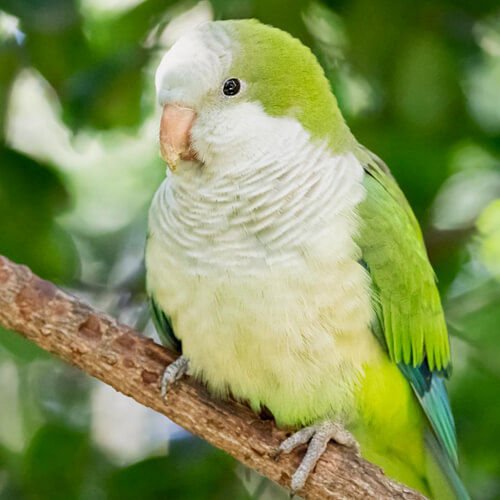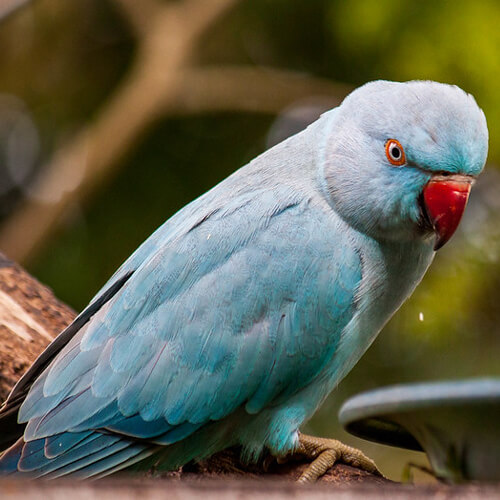
Parakeet: Facts, Diet, Temperament, Health & more
The Parakeets are considered to be the smallest member of the parrot family and the word "Parakeet" means long tail. They are small to medium sized parrots with long, tapered tail feathers rather than the larger parrots with stockier bodies and square tails. Their small size, bright colors, and cheerful disposition make them perfect pets. It is calming to listen to their quiet chattering and chirping. Some parakeets even learn to talk.
Sign-up for the Free Course on Parakeet Training
Size: 18 - 45 cm / 7 - 18 inches
Life Expectancy: 15 - 20 years
Description
Parakeets come in a large variety of colors including pastel blues, yellows, dark greens, violets, solid whites and almost limitless combinations of the same.


